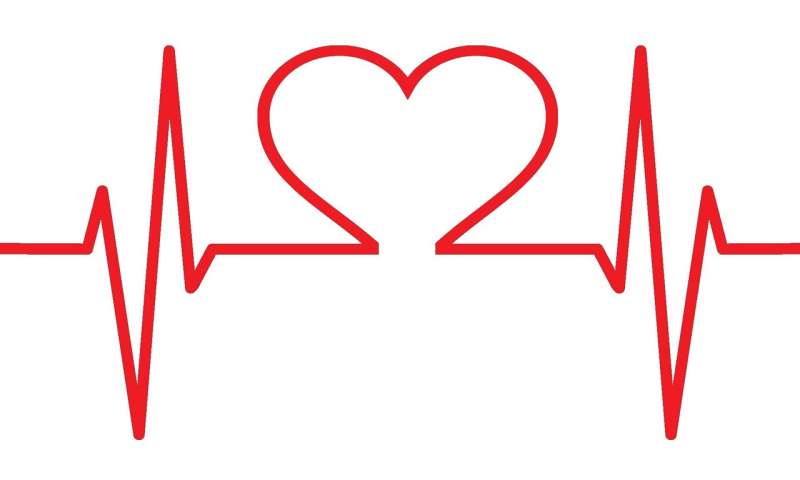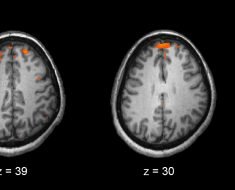
Implantable defibrillators can save lives, but also harbor risks. A major European study headed by three researchers from the Technical University of Munich (TUM), LMU München and University Medical Center Göttingen has found that a special ECG method can help to identify the patients most likely to benefit from these devices. The results of the study have now been published in The Lancet.
In heart patients with potentially life-threatening arrhythmias, a strong electrical shock applied to the cardiac muscle can reset the heart to its regular rhythm. This is precisely the task of defibrillators, which are inserted into the chest like pacemakers. Under current guidelines, physicians implant these devices as a preventive measure in patients with certain heart conditions. The procedure is performed more than 100,000 times per year in the EU. Apart from the high costs for the health care system, the devices also pose a risk: According to estimates, one in four implanted defibrillators will lead to significant complications within ten years—from infections to spontaneous electric shocks.
The EU-CERT-ICD study therefore examined the benefits of prophylactically implanted defibrillators throughout Europe. In a sub-study of the EU-CERT-ICD project, the scientists led by first author Prof. Axel Bauer (formerly LMU and currently Medical University of Innsbruck) and the two co-senior authors Prof. Georg Schmidt (TUM) and Prof. Markus Zabel (University Medical Center Göttingen) wanted to identify the patients who benefit most from the operation.
PRD: An indicator of the electrical instability of the heart
Each heartbeat consists of a sequence of excitation (depolarization) and regression of excitation (repolarization). Heart failure often leads to overactivity of the sympathetic nervous system, a part of the autonomic nervous system that is active in stressful situations. This overactivity can destabilize the repolarization of the heart, resulting in a dramatic increase in the risk of damaging arrhythmias. These dangerous instabilities in repolarization can be recognized using a relatively new ECG procedure known as periodic repolarization dynamics (PRD). “Although the procedure involves intelligent algorithms, the measurements are relatively simple,” explains Axel Bauer, who worked with Georg Schmidt to develop and validate the method.
In their prospective study, the scientists tracked 1,371 patients who met the current criteria for the implant of a defibrillator. Of the group, 968 actually underwent the operation, while the doctors treating the other 403 patients decided against a defibrillator.
High PRD value: Indicative of benefits from an implantable defibrillator
Source: Read Full Article





